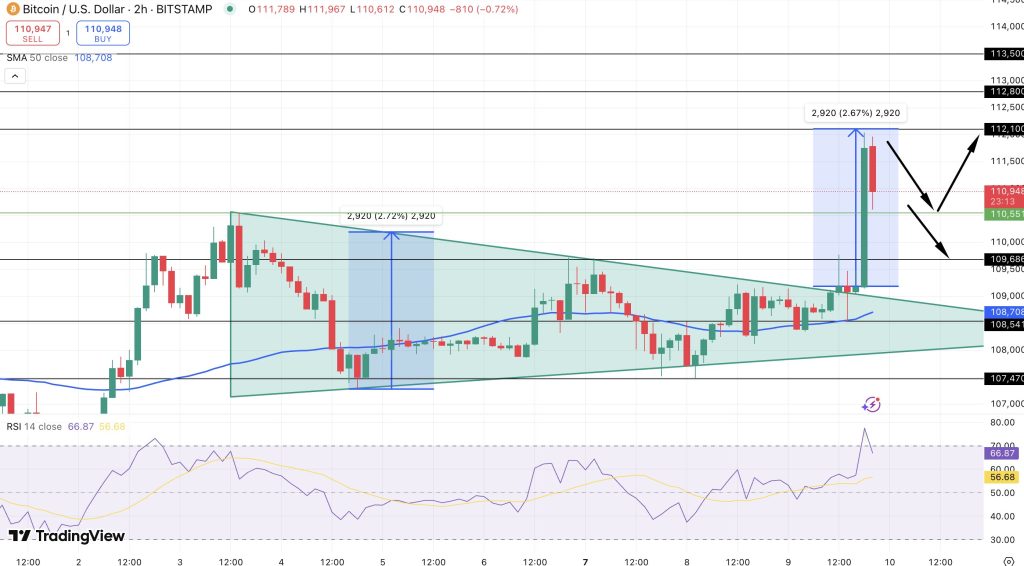Productivity suffers with remote work.
getty
The debates about remote work, hybrid work and in-office work are (still) raging—and they mostly center around productivity, performance and employee motivation.
A quintessential new example of the discussion is the press generated when the CEO of Zoom ordered employees back to the office. What could be more telling than the leader of a company who was arguably one of the biggest benefactors of the remote work phenomenon wanting people back in the office?
There are certainly advantages to remote work and hybrid work as well—but a new study by Stanford University also points to problems. Namely that productivity drops with remote work. The data is compelling.
New Ways of Working Are Here to Stay
New ways of working are certainly here to stay, and they have been on the rise since before the pandemic. The report from Stanford University found rates of working remotely have doubled every 15 years, and researchers Barrero, Bloom and Davis expect the increase to continue at even faster rates.
The Stanford report also found 60% of workers are at the workplace full time—and they tend to be the lowest paid—often doing retail, food service, travel or security-type jobs. Hybrid workers make up about 30% of employees and they are typically the highest paid and work in the office two or three days per week (usually Tuesday to Thursday). Fully remote workers make up the smallest proportion of employees at just over 10%.
Similarly, a poll by Atlassian found that 71% of knowledge workers were remote at least once a week, and 82% worked for companies who expected them to be in the office at least some of their time.
Education is the most important factor in whether people have the option to work from home—with greater levels correlating with more flexibility to work from home. Men and women tend to work remotely in approximately equal amounts, although women report greater desire to work from home. Employees in their 30s and 40s are also most likely to work from home—compared with other age groups. And those with young children are also more likely to work from home.
Perceptions of productivity vary widely—depending on where work happens.
getty
The Problems with Productivity
But are employees who work away from the office as productive?
Perception is a problem, and the Stanford report found workers thought productivity was higher at home (about 7% higher) while managers thought it was lower (about 3.5% lower). And according to the Atlassian poll, 10% of people believe they will be viewed as less productive or lacking in commitment if they work from home.
The bottom line, regardless of perceptions: The Stanford analysis across multiple studies found a 10% to 20% reduction in productivity, depending on the nature of the research and its conditions.
Just as there have been many reserach efforts examining productivity, there are also many explanations for why productivity is reduced with remote work. According to the Stanford paper, these include challenges in communicating and coordinating work; degradation of communication networks and reduction of new connections; reduced creativity partly because of multi-tasking, rather than being fully focused in person together; and a reduction in learning, mentoring and feedback.
Another significant reason for reduced productivity with remote work is related to discipline and self-control. Data from by Upgraded Points found when people work remote, they spend time in front of their screen in non-work activities such as scrolling social media (75% of people), shopping online (70%), watching shows or movies (53%) and planning trips (32%).
They also spend time away from their computer doing things like household chores (72%), errands (37%), napping (22%), going to the doctor (23%) or drinking (12%). Some people (13%) report they work only three or four hours per day when they are remote, according to data from Upgraded Points.
What People Say
Ironically, despite reporting distraction and time spent on non-work activities, some people say they are adequately productive at home. This is demonstrated in multiple polls.
- 63% of women and 55% of men say they are productive working from home, according to the data from Upgraded Points.
- 51% of employees said that working asynchronously or setting their own schedule contributed to their productivity according to a poll by Mmhmm.
- 43% of people feel most productive working in the office and 42% feel most productive working from home, also based on data from mmhmm.
On the other hand, some employees feel better about their productivity when they’re in the office, with those onsite reporting they are 11% more likely to feel productive on busy days, compared with other workers. And remote employees saying they are 33% less likely to feel productive working collaboratively compared with onsite or hybrid employees, based on data from Deputy.
And interestingly, the largest group of workers in the country—government employees who make up 15% of the national workforce—report that a majority of work is done best in-person. Examples include new project kickoffs (71%), getting a project back on track (70%), meetings (62%), brainstorming (58%), classified work (61%) and IT support (58%).
When people feel more productive, they have more job satisfaction.
getty
Consider Engagement, Happiness and Esteem
So even while the research report from Stanford points to reduced productivity, workers have mixed perspectives about how productive they actually are—and where their best work gets done.
Perhaps most significant is that when people are productive, they tend to be happier, more engaged, more satisfied and more likely to stay with their company. Performance and the opportunity to make a contribution are also significantly correlated with happiness which is in turn linked with better outcomes for people and companies.
In fact, when people were productive, they were more likely to be very satisfied with their work, according to a poll by ClickUp. And when people were asked why they stay with an employer, for 34% of them, job satisfaction was their primary reason, according to data from B2B Reviews.
Create the Conditions for Productivity
Employers can create the conditions for productivity by aligning work with skill levels, by giving people meaningful work, by providing the opportunities for growth and stretch and by hiring and developing leaders who can motivate and give feedback.
Organizations can also enhance productivity by building strong teams with rewarding relationships, by ensuring equity and inclusion and by providing fair pay and benefits. All of these require intention and focus—and all of them pay off in terms of employee engagement, motivation, retention and yes—productivity as well.
People want to do great work. They don’t want work to be the only thing in life, and don’t want work to be the central feature of their lives—but work is a positive source of meaning. Through doing productive work, people express their talents, and they contribute to their colleagues, companies and communities. All of these suggest a bright future—if we can create the conditions for productivity no matter where people are working.
Credit: Source link










